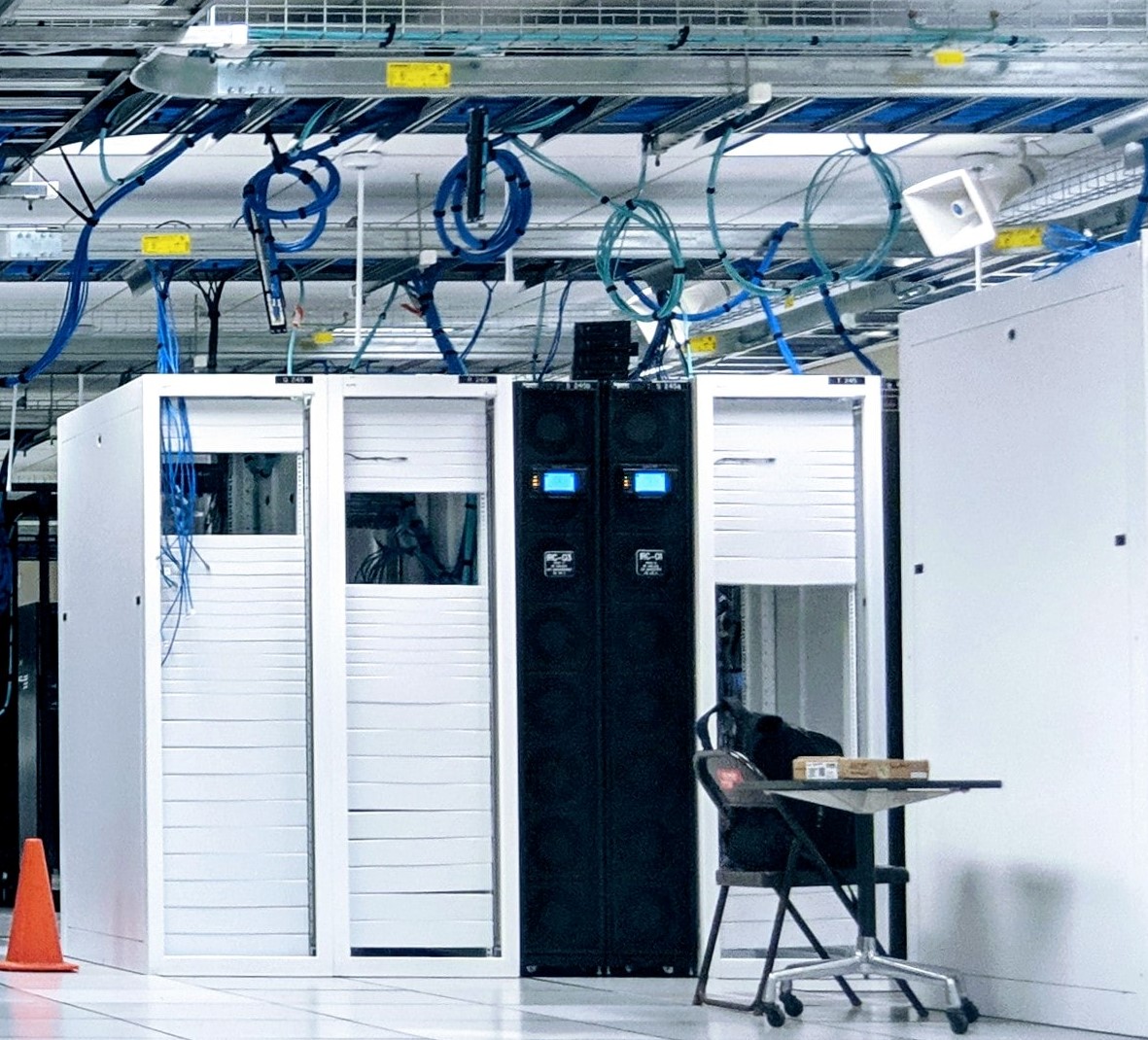
The Importance of Bandwidth to a Successful Surveillance System
I’m sitting in my home office during the COVID pandemic, when suddenly my computer connection to the office comes to a grinding halt. One son informs me that Netflix is timing out and the other tells me his Oculus isn’t connecting to the WiFi. The realization that one of them is loading a video while I am working on multiple spreadsheets makes the cause of our computer issues all too clear. My internet bandwidth needs to be upgraded.
The same can be true with an organization’s video surveillance system. One day everything is working perfectly. You are getting crystal clear pictures, the security operations center is humming, your system is recording the right number of frames per minute at the right resolution and you have multiple people remoting in at the same time. Then one of your organization’s parking lots begins having trouble with car prowls and the company president wants high resolution cameras added immediately. At first everything appears to be working, but then you realize various cameras are intermittently dropping out, and/or the picture quality is degrading, and/or the recording quality and the number of frames you are recording are degraded.
It is far less likely that the system which was working perfectly a week earlier suddenly has wide-spread failures and even less likely that gremlins have invaded. It is highly likely that we have network bandwidth and through-put issues. If there are 10 cameras that need 25 megabits/per second (MBS) of bandwidth and you have any single point along the network path that only allows 100MBS total (pathway, switch, server NIC Card, server write capacity), this once flawlessly operating system will inevitably fail.
We often have clients who believe they have full Gigabit (GBIT) networks only to find one or more of their switches in the field is rated as low as 10MB. Even a GBIT network can be overwhelmed in a truly large video deployment and may require additional pathways and a distributed server configuration to resolve bandwidth issues. So, when you plan to add your next camera it is critical to look at the infrastructure it will sit on, in order to ensure that the system will continue to run smoothly.


